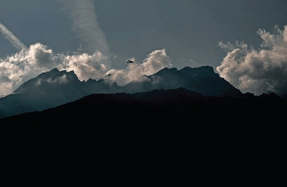

These days, our modern cameras all seem to fire away like machine guns, shutters roaring away while buffers and cards fill faster than you can blink.
It means that most photographers now come back from adventures with hundreds or even thousands of images clogging up their cards or external drives. To give you an idea, if I am out on a morning street walk, I can come back with 80-100 images with my camera set to three frames per second (fps). If on a game safari, I could come back with 1000-2000 images! Some photographers shoot even more, with the camera blazing away constantly at 20-30 fps.
It’s too easy to overshoot and fill those expensive memory cards, and worse yet, have piles of unsorted images clogging up your hard drive. So, what do you do with all that data? And more importantly, how do you decide what to keep and what to ditch?
FINDING A WORKABLE WORKFLOW
First things first, regardless of




